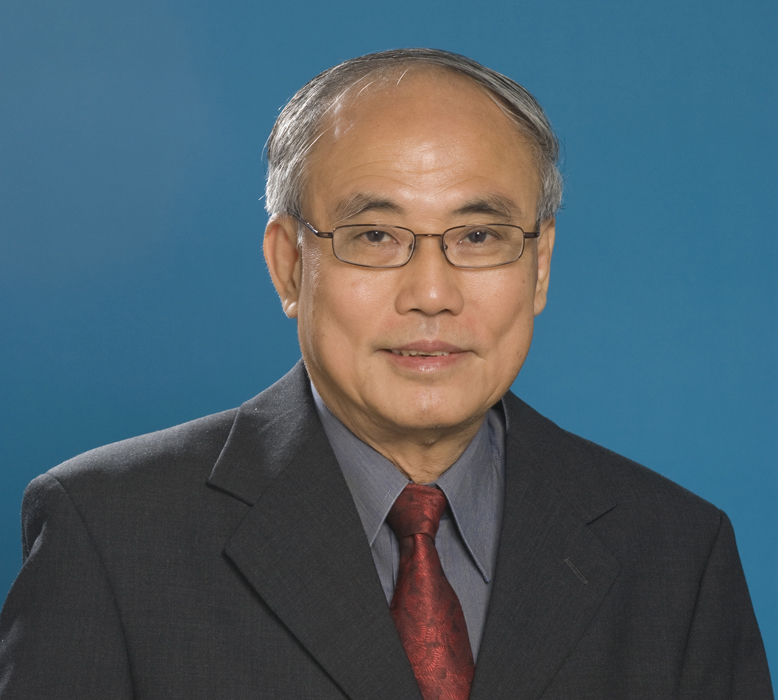President's Message
Message 31/2019
SFSS Dinner at Tanglin Club November 21, 2019

Mr Lim Soon Heng, PE, FIMarEST.
Founder President

November 21 marked a significant milestone in the Society’s short history; our two-year old society held its first dinner event at the Churchill Room of the prestigious Tanglin Club.
We have reasons to celebrate. Our membership strength more than triple in the past twelve months to sixty. In fact, in the past week alone about we welcome three new members. Our members now include passionate engineers, architects and even historians from as far as Brazil, Italy Australia, New Zealand and the United States. Our members have business connections worldwide, so we expect our international profile to grow. There is also a strong traffic to our Facebook Page Floating Future.
We are also delighted to that our invitation to Mr Tan Cheng Siong, Singapore’s renown pioneer architect and Professor Torgeir Moan to the Honorary Fellowship of the Society were warmly accepted. Mr Tan was presented with a plaque citing his achievement at the dinner. (Professor Moan will be presented the plaque at his next visit to Singapore.)
The highlight of the year was undoubtedly the World Conference of Floating Solutions 2019, WCFS 2019at which 25 speakers presented their papers, (see my message no.19). They include experts from Norway, the Netherlands, United Kingdom, United States, Japan, South Korea, Japan and China as well as from Singapore. The excitement it generated inspired our friends in the Netherlands, Blue 21 to invite us to co-host WCFS 2020. This is to be held in Rotterdam in October 2020.
The highlights for next year would be the election of the new Council of the Society, the Short Course on Naval Architecture on the fundamentals of floating structure and the World Conference of Floating Solutions in October 202 in Rotterdam. The engagement with government agencies will remain a key mission.
Among other matters I reported at the dinner was the resolute effort made by Dr Koh Hock Seng, me and other members of the Council to meet with the heads of various government agencies to raise their awareness of floating solutions as a planning tool to facilitate the rejuvenation of land occupied by industries that were introduced several decades ago and are no longer desirable as the pressure for land escalates.
Many industries set up in the 1970’s and 1980’s were labour intensive ones. That period in Singapore’s history was characterised by massive unemployment. Today the challenge is land scarcity. Schumpeter’s Principle of Creative Destruction needs to kick in. I have written to the Minister of National Development to consider floating structures as a tool. I have also written to the Minister of Trade and Industry to consider floating structures as the new ball game for our shipyards. To the Minister of Energy and Water Resources I recommend the use of the sea around us for water storage and for food production.
In my address I stressed that food production, water and energy resilience are existential issues that could benefit from the skilful application of floating structures. Storing rainwater and growing meat and vegetables nearshore are matters of strategic national interest to land scarce Singapore and of particular interest to me.
A lively discussion ensued at coffee time. Mr Tan regaled us with what life was like in Singapore back 40 to 50 years ago and the challenges he faced with getting Singapore to move from low rise flat to high rise residential tower and condominiums. To his credit are two iconic high intensity developments: The Pearl’s Bank Apartment which in 1976 was the first hi-rise residential building and the Pandan Valley Condominium the first condo living in Singapore. Do not be surprised if he garners another first: the first floating condo apartment in the world.
Dr Stefan Huebner gave a brief history of the colonisation and industrialisation of the sea. Prof Magee told the audience that there is nothing that man can create that the water cannot lift and float. He should know as he heads the state of the art Deepwater Ocean Basin Testing Facilities- TCOMS.
Mr Lim Sing Tian rolled out a video that showed the construction of a concrete 138 m x 46 m monolithic concrete platform designed in compliance with the rules of the ABS, for 50kN/m2 live load. Its delivery, by dry tow to Honolulu Hawaii marks the biggest piece of concrete in history to cross the Pacific Ocean. Designed to last 200 years, it has a useful life twice the lease period of land in Singapore at one tenth the unit cost; a cost that includes a ready-to-use foundation.
I also announced that a new council will be elected early next year and encouraged members to step forward to take over the helm.
Membership certificates were handed out and wrapping up the evening there was a lucky draw.
I wish to record my thanks to Engtek for their generous sponsorship as well as Ivan Stoytchev and to Koh Hock Seng for their time to make this event memorable.
President
Lim Soon Heng
23 November 2019
